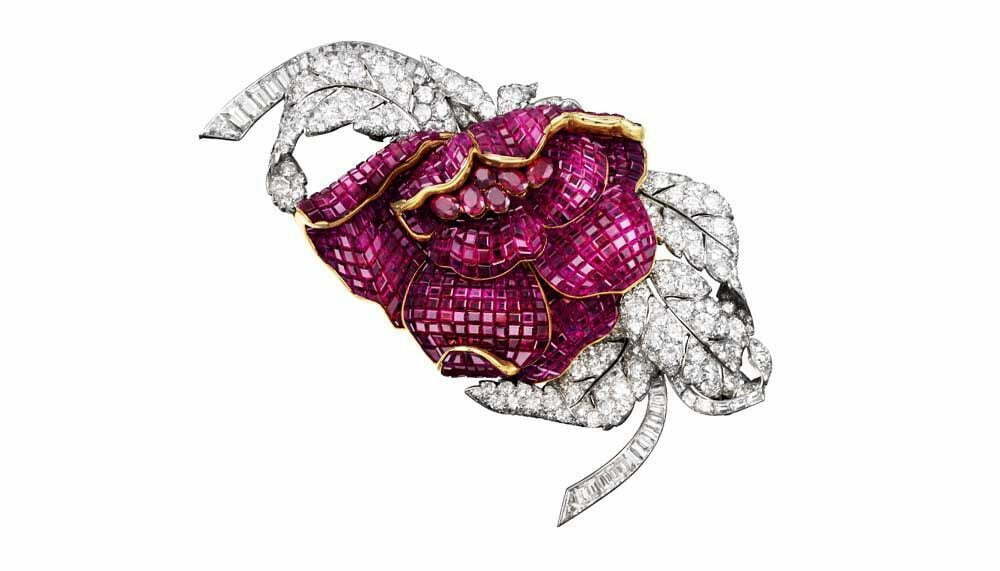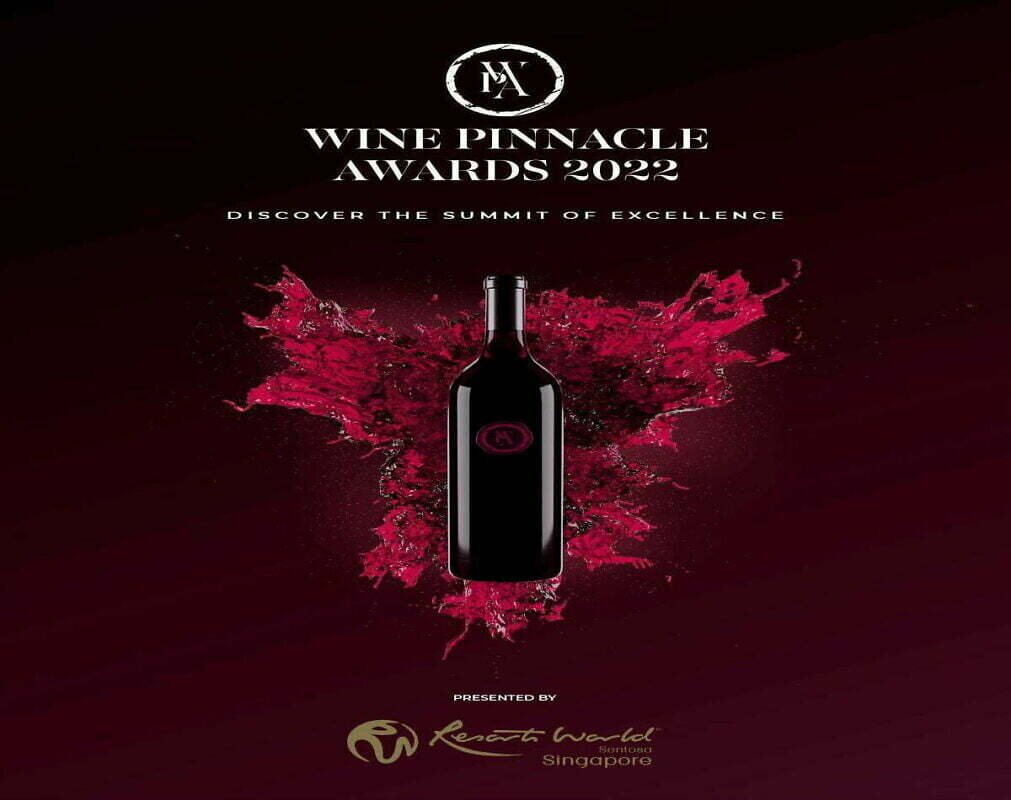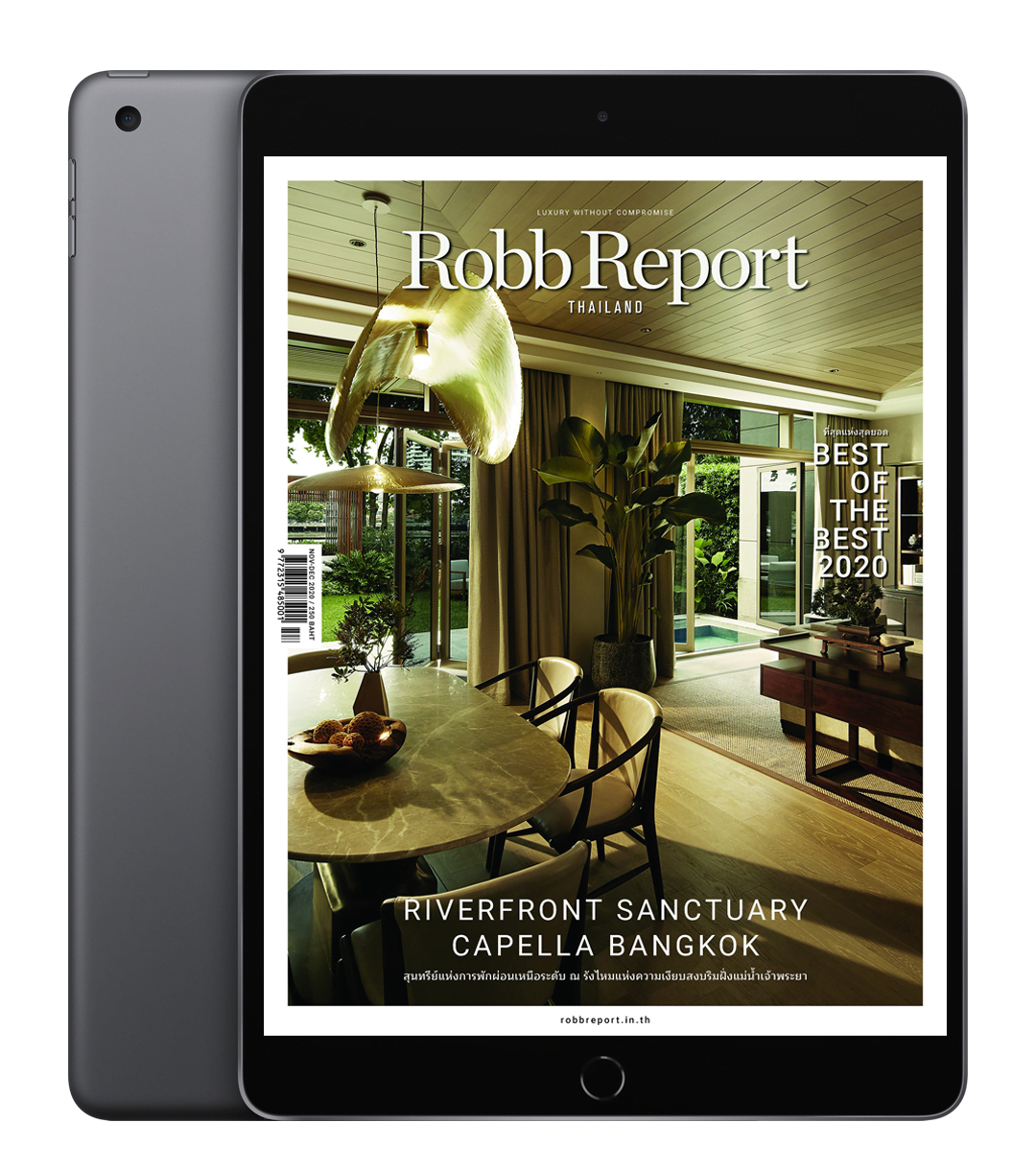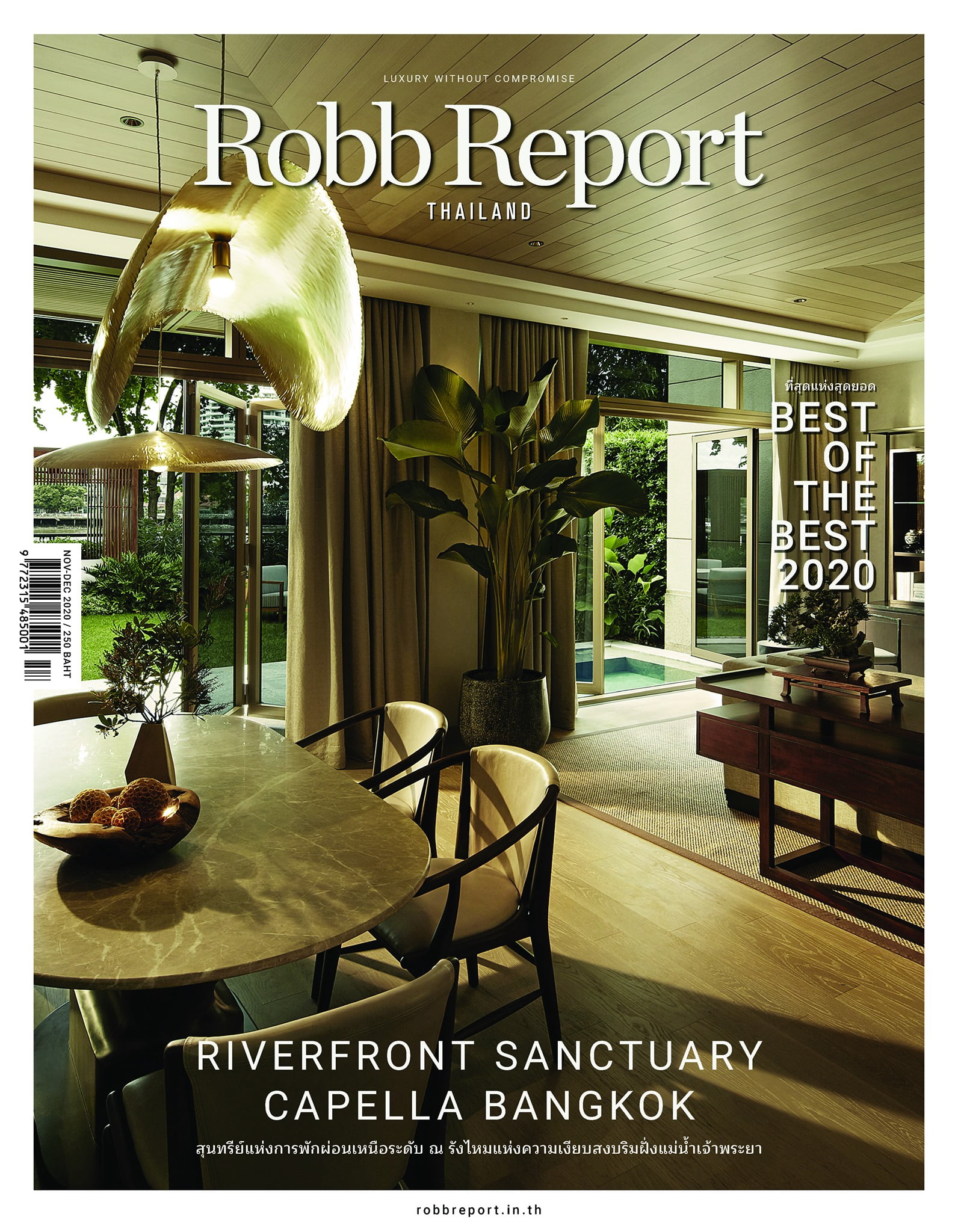Inspired collections
The Art and Science of Gems exhibition, held in collaboration with the French National Museum of Natural History, opens this Saturday at Singapore’s ArtScience Museum. Nicolas Bos, president and CEO of Van Cleef & Arpels, takes us on a trip back in time into the brand’s history.
The exhibition shows that Van Cleef & Arpels has a long tradition of creating exceptionally ornate jewellery. How has the house translated its jewellery for modern women?
There’s definitely a tendency, in the last two decades, for women to look for fine jewellery they can wear daily to work or with the kids. The Alhambra collection is a part of this revolution. It was created in 1968, a time when lifestyles really evolved. Women were paying for themselves, and didn’t have to wait for a piece of jewellery to be purchased as a family heirloom, or for their husbands to buy them something. Jewellery became a pleasure they could enjoy themselves.
And then there is Perlee, which is even younger than Alhambra (it was launched in 2008). Although modern, both collections are rooted in styles that go back a long way; Perlee is taken from designs from around 1910. These collections are renewed interpretations of timeless designs.
Has the attitude towards high jewellery evolved?
We still have quite a few clients for our high jewellery but maybe they don’t buy it the same way as before. Where a client may buy a very formal piece a century ago for an important occasion or masquerade ball, today’s clients are collectors, who buy these pieces as works of art. Some may still purchase an exceptional piece to wear for a special occasion, but it’s not as common anymore.
Van Cleef & Arpels was once the brand for the stars and nobility. What is your demographic today?
It’s quite diverse. Every time we try to imagine a typical client, it never works. We have clients between 12 and 90, from many different backgrounds and cultures. What they share is an appreciation and understanding of the Van Cleef & Arpels style and vision.

So would you say the brand is more accessible today than it was before?
Well, what we sell is still rather expensive, so we mostly address the people who can afford it. But it’s true that much has changed when it comes to our celebrity clientele. If you look at the red carpet 50 years ago, all the pieces worn by the actresses were their own. They were really important clients then! Elizabeth Taylor was our customer and buying high jewellery was part of her lifestyle.
Today, the red carpet has become quite an industry in itself, and most pieces you see on there are sponsored. But what has also changed is our reach, our global market. The historical wealth in Europe has sort of faded away and redistributed to America and Asia, so we probably have more Asian customers and less European clients today than we had 50 years ago.
Van Cleef & Arpels is very much rooted in French style and design. How does it connect with today’s more global clientele?
We have never done anything opportunistic and tried to appeal to a particular segment of jewellery buyers. I think it’s a little disrespectful to make something red with a dragon and assume it’s fantastic for an Asian customer. There is still a very strong tradition of quality and creation for jewellery and haute couture in France and Italy today, and the clients who come to us understand that, and look for that. I love the dragon motif, but we have seen so many of them in the past decade due to the growth of the Chinese market, so I would rather do flowers instead (laughs).
Van Cleef & Arpels has remained women-centric even while most of its counterparts seem to be moving towards gaining a segment of the male market. Is this a deliberate strategy?
I’m not sure it’s a strategy more than it is our identity. In the 20th century and the time Van Cleef & Arpels has been most active, jewellery has been mostly a feminine art form. The maison’s inspirations – flowers, butterflies, ballet, dance, colour and lightness – are wholly feminine. This is what we do best and should keep as our core activity.
The masculine market for fine jewellery is limited and there aren’t many elements of our identity or style that can easily translate into designs for men. How would a butterfly or flower work in men’s jewellery? And if we move away from that and start to do something geometric, or in black and white, it doesn’t feel very Van Cleef & Arpels. I think we cannot be everything to everyone. As long as we manage to become a reference in our specific environment, it’s fine if we can’t expand into other categories.















